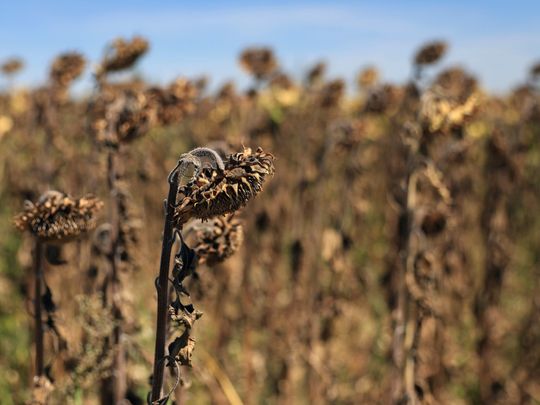
Reverse searing works great on larger cuts too! Check out my reverse seared prime rib roast and eye of round roast beef to feed a crowd.


For thin steaks the meat will cook too quickly, so traditional high heat methods work best. This method works best for thick-cut steaks that are around 1½ to 2 inches thick. The steak is finished with a quick sear in a very hot cast iron skillet, carbon steel pan, or grill. Reverse sear is a cooking technique where you start by cooking the meat at a low temperature, around 225 to 250☏, and cook it until about 15☏ below the final serving temperature.
Tips for reverse seared steak on a grill. For this reason, searing is sometimes done at the end of the cooking process to gain the flavor benefits of the Maillard reaction, as well as the benefits of cooking for a greater duration with more moistness.A juicy, thick cut steak is the king of special occasion dinners, and using the reverse sear cooking method will help ensure a perfectly cooked, steakhouse quality result every time. Moisture in liquid and vapor form continues to escape from a seared piece of meat. Generally more liquid is lost, since searing exposes the meat to higher temperatures that destroy more cells, in turn releasing more liquid. It is typically mentioned for larger cuts, especially steaks and chops, of non-poultry meats such as beef, pork, lamb and tuna.Įxperiments to test the theory were carried out as early as the 1930s and found that the seared roasts lost the same amount of moisture or more. The notion was embraced by contemporary cooks and authors, including Escoffier. This theory was first put forth by Liebig around 1850. The belief that searing meat "seals in the juices" is widespread and still often repeated. This technique is typically recommended for thicker pieces of meat, 1–1.5 in (25–38 mm) or thicker, allowing for consistent internal cooking temperature with only the outer portion becoming seared. First the item to be cooked, typically a steak, is cooked at low heat until the center reaches desired temperature then the outside is cooked with high temperature to achieve the Maillard reaction. In reverse searing, the order of cooking is inverted. In braising, the seared surface flavors and colors the cooking liquid. 
Typically in grilling, the food will be seared over very high heat and then moved to a lower-temperature area of the grill to finish cooking. Searing does not cause caramelization, which affects only sugars, or simple carbohydrates: the Maillard reaction involves reactions between amino acids and some sugars.
The contrast in taste and texture between the crust and the interior makes the food more interesting. The appearance of the food is usually improved with a well-browned crust. The browning creates desirable flavors through the Maillard reaction. Nonetheless, it remains an essential technique in cooking meat for several reasons: Īlthough often said to "lock in the moisture" or "seal in the juices", in fact, searing results in a greater loss of moisture than cooking to the same internal temperature without searing. #Searing temperature free#
To obtain the desired brown or black crust, the meat surface must exceed 150 ☌ (300 ☏), so searing requires the meat surface be free of water, which boils at around 100 ☌ (212 ☏). Similar techniques, browning and blackening, are typically used to sear all sides of a particular piece of meat, fish, poultry, etc. Searing (or pan searing) is a technique used in grilling, baking, braising, roasting, sautéing, etc., in which the surface of the food (usually meat such as beef, poultry, pork, seafood) is cooked at high temperature until a browned crust forms.







 0 kommentar(er)
0 kommentar(er)
